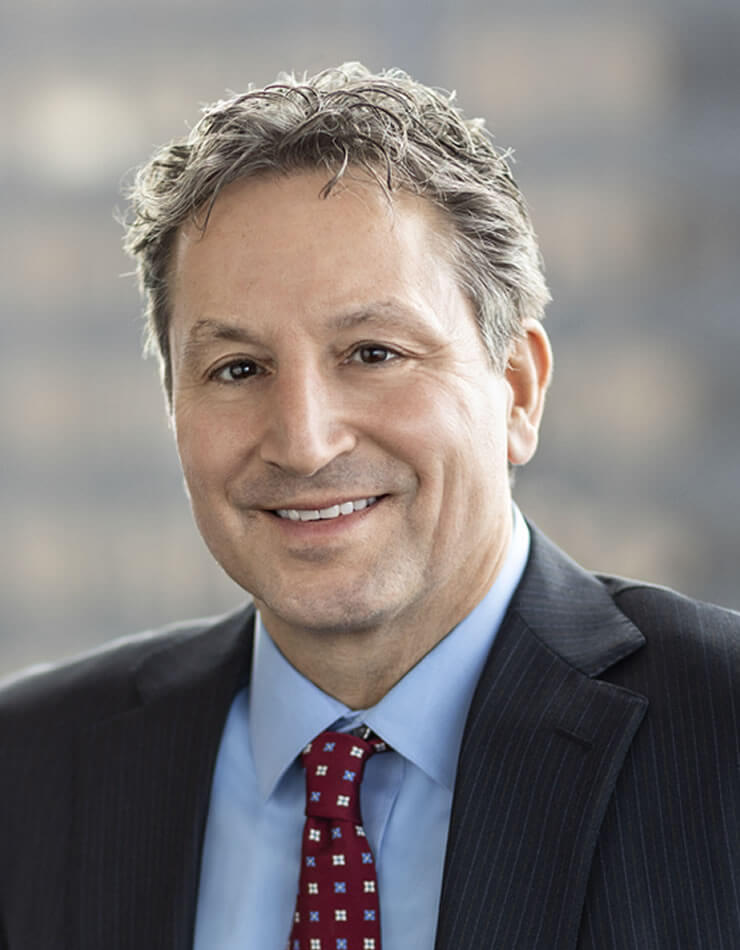Oakmark Global Select Fund - Investor Class
Average Annual Total Returns 09/30/16
Since Inception 10/02/06 7.45%
10-year N/A
5-year 13.15%
1-year 9.92%
3-month 10.48%
Gross Expense Ratio as of 09/30/15 was 1.13%
Past performance is no guarantee of future results. The performance data quoted represents past performance. Current performance may be lower or higher than the performance data quoted. The investment return and principal value vary so that an investor’s shares when redeemed may be worth more or less than the original cost. To obtain the most recent month-end performance data, view it here.
The Oakmark Global Select Fund returned 10% for the fiscal year ended September 30, 2016, underperforming the MSCI World Index, which returned 11% for the same period. For the most recent quarter, the Fund returned 10%, outperforming the MSCI World Index, which returned 5%. The Fund has performed well versus the MSCI World Index since inception, returning on average 7% versus 4% for the benchmark.
The largest contributor to performance for the fiscal year was Apache, a global oil and gas exploration company, which returned 66%. Oil prices have been volatile over the past year, but have rebounded in 2016 thus far. Apache has specifically benefitted from solid quarterly results that have demonstrated improved capital efficiency, including a 45% decline in North American well costs compared to 2014 levels. The company also announced the discovery of a new resource play in the Permian Basin called “Alpine High.” Initial results indicate that Apache has discovered a high quality resource at a low cost. This increased our estimate of intrinsic value and also increased our confidence in management. In our view, Apache has the balance sheet and asset quality to survive continued volatility in oil and gas prices, and we like how the management team is preserving and growing per share value during the commodity price downturn.
LafargeHolcim, the largest cement maker in the world, was the largest contributor to performance for the quarter, returning 30%. Shares reacted positively to news that LafargeHolcim agreed to sell Lafarge India for approximately $1.4B with proceeds going to pay down debt. We are impressed with the progress management has made on defining and implementing true synergies following the merger. Additionally, second quarter results exceeded expectations and illustrated Europe’s improving pricing environment. Management reaffirmed its 2016 outlook as well as its commitment to targets set for 2018.
Credit Suisse, a Swiss financial services group, was the largest detractor from performance for the fiscal year. Credit Suisse’s share price has been weak over the past year for multiple reasons. The company’s investment banking results have struggled, although we recognize the underperformance is partially due to restructuring activity and we expect performance to strengthen once restructuring is complete. One-off expenses related to litigation, pension true-up charges and write-downs on certain credit assets also hurt performance. Additionally, the U.K.’s decision to leave the European Union negatively impacted the share price. Credit Suisse’s management has responded to these challenges with a series of restructuring measures. Its management has made progress expanding its wealth management franchise, which we believe is a good move since that business is fee based, requires little capital and has very good secular growth trends. Additionally, Credit Suisse has reduced its exposure to the global markets business, which has enabled it to de-risk its balance sheet and operate with a more efficient cost structure. Credit Suisse’s management has confirmed the restructuring of its global markets business is nearing completion and should improve profitability over the coming quarters. Credit Suisse’s common equity Tier 1 ratio of 11.8%, above the 10% minimum requirement, should increase even more on the back of higher consolidated profitability.
General Electric (GE), a global producer of industrial, aviation and medical goods, was the biggest detractor for the quarter. While GE has benefited from improved margins and capital allocation, shares were weak during the quarter due to concerns over the company’s 2016 guidance. After producing organic growth of 1% in the first half, the company forecasts full-year organic growth between 2-4%. GE expects its Power division will drive this growth, with planned turbine shipments nearly double what they were in the first half of the year. The market appears to believe these forecasts are aggressive and expects GE management to reduce guidance when it next reports earnings. The timing of turbine shipments is essentially irrelevant to the value of the company, and our long-term investment thesis remains entirely intact.
We did not add or remove any names from the Fund during the quarter. Geographically, 47% of the Fund’s holdings were invested in U.S.-domiciled companies as of quarter end while approximately 45% were allocated to equities in Europe, 4% in Japan and 4% in South Korea.
We continue to believe some currencies are overvalued versus the U.S. dollar. We maintained our defensive currency hedges and ended the quarter with approximately 25% of the Swiss franc exposure hedged.
We thank you for your continued support.
The holdings mentioned above comprise the following percentages of the Oakmark Global Select Fund’s total net assets as of 09/30/16: Apache Corp. 5.9%, LafargeHolcim, Ltd. 5.0%, Credit Suisse Group 5.6% and General Electric Co. 5.5%. Portfolio holdings are subject to change without notice and are not intended as recommendations of individual stocks.
Click here to access the full list of holdings for The Oakmark Global Select Fund as of the most recent quarter-end.
The MSCI World Index (Net) is a free float-adjusted market capitalization weighted index that is designed to measure the global equity market performance of developed markets. This benchmark calculates reinvested dividends net of withholding taxes using Luxembourg tax rates. This index is unmanaged and investors cannot invest directly in this index.
Because the Oakmark Global Select Fund is non-diversified, the performance of each holding will have a greater impact on the Fund’s total return, and may make the Fund’s returns more volatile than a more diversified fund.
The percentages of hedge exposure for each foreign currency are calculated by dividing the market value of all same-currency forward contracts by the market value of the underlying equity exposure to that currency.
Investing in foreign securities presents risks that in some ways may be greater than U.S. investments. Those risks include: currency fluctuation; different regulation, accounting standards, trading practices and levels of available information; generally higher transaction costs; and political risks.
The discussion of the Fund’s investments and investment strategy (including current investment themes, the portfolio managers’ research and investment process, and portfolio characteristics) represents the Fund’s investments and the views of the portfolio managers and Harris Associates L.P., the Fund’s investment adviser, at the time of this letter, and are subject to change without notice.







